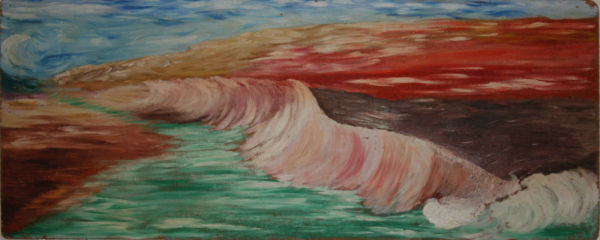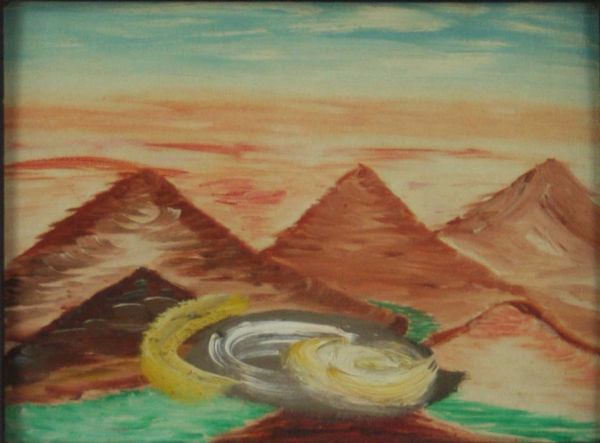EGO-EXPRESSIONISM
EGO-EXPRESSIONIST ART

The late 60's - early 70's post-modernism/contemporary art and literary movements need to be looked at and defined into 2 different and unique categories given the fact most considerably for the nature of what the 'counterculture' represented; non-traditional modes of authority, experimentation with psychoactive drugs, and differing interpretations of the American Dream. New cultural forms emerged, including, pop music, art and literature with the concurrent rise of hippie culture, which led to the evolution of a youth subculture that emphasized change and experimentation.
A number of freedoms were endorsed within a counterculture community including: "freedom to explore one’s potential, freedom to create one’s Self, freedom of personal expression, freedom of 'inner' enlightenment.
And that, given to 'light' that the counterculture was both, an outward and inward movement, the late 60's 'counterculture' produced 2 distinct types of artists, writers and poets.
The first, naturally would be those artists/writers/poets who brought their work, styles and philosophies into the 'public' view.
These artists/writers/poets and their work, styles and philosophies are well documented.
But, given the fact that the 'counterculture' movement was both, an outward change as well as an introspective and personalized quest, spiritually, mentally, emotionally, physically and an ego-based search for personal truth, creativity, ideals and spiritual enlightenment. A second, distinct type of artists/writers/poets and their work, styles and philosophies manifested as well, even though their work was rarely brought forth for 'public' scrutiny.
The Ego-Expressionists movement was part of the later groupings and their work and philosophy was just as viable as those movements of the 1st grouping whose work was eagerly brought forth for 'public' scrutiny. And as one studies the work of these Ego-Expressionists they will find that the work and philosophy of this group is in fact and integral part of the changes in contemporary art and literature.


The work of Father of Ego-Expressionist movement:
Charles Probst-Romero, the founder of the Ego-Expressionists gives validity to the style and philosophy of this inter-personal expression of art and literature.

1917 - 1991
1919 - 1992